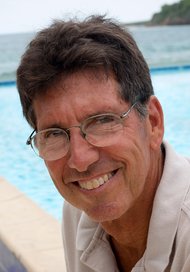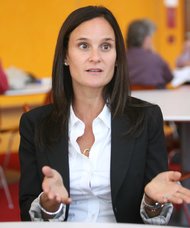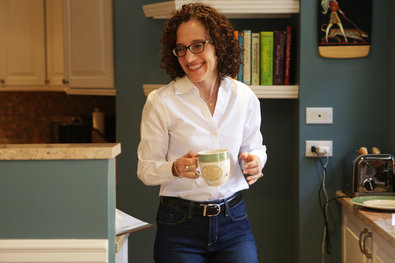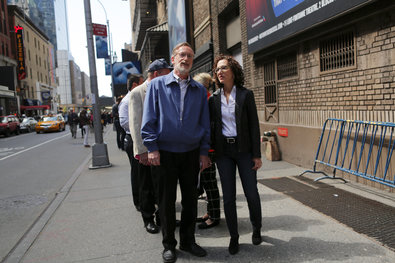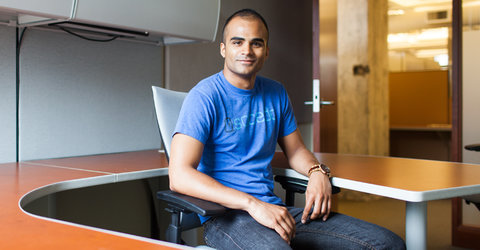Walt Disney Studios spent the July 4 holiday watching its expensive action western, “The Lone Ranger,” disintegrate in a box-office collision with a strong performance by the goofy little animated heroes of Universal Pictures’s “Despicable Me 2.”
By Friday morning, “Despicable Me 2” had taken in taken in $59.5 million at the North American box office since its Tuesday night opening, according to an early estimate by Hollywood.com, and appeared to be headed for five-day total of $115 million or more. Its projected total is sure to more than double the five-day take for “The Lone Ranger,” which by some estimates is expected to take in less than $50 million for the holiday, after collecting just $19.5 million in domestic theaters since Tuesday night.
Disney’s film stars Johnny Depp, was directed by Gore Verbinski, who joined Jerry Bruckheimer as a producer to revive the studio’s “Pirates of the Caribbean” team, and cost about $225 million to make, according to a person briefed on the expenses who spoke on condition of anonymity because of studio policy. That high cost came in part because of the wreckage from the movie’s railroad action scenes.
But critics were harsh. The film scored 37 of a possible 100 on the Metacritic.com service, and A.O. Scott, reviewing for The New York Times, called it “a frantic grab bag of plots and themes, a semester-long Westerns 101 college course crammed into two and a half hours and taught by a professor whose lecture notes were rearranged by a gust of wind on his way to class.”
The audience, meanwhile, turned away from a film that seeks its appeal in Mr. Depp’s wisecracking reinterpretation of Tonto, the Native American sidekick to the masked ranger, John Reid, played by Armie Hammer, who has loomed large in American pop culture since the broadcast of a radio drama in the 1930s.
A Disney spokesman on Friday declined to discuss the film’s performance.
Early Tuesday, the analyst Doug Creutz, with Cowen Company in San Francisco, was quoted in a report from the Bloomberg News service, predicting that Disney would eventually write off $100 million on “The Lone Ranger.”
That would be about half the write-down it took on another large-scale film disaster, “John Carter,” which cost about $350 million to make and market, and collected only about $282 million at the worldwide box office after its release in March 2012. (Studios keep only part of the box office receipts, which are shared with exhibitors, but also collect money from home entertainment and other sales.) A year earlier, Disney had suffered a similar disaster with another expensive flop, “Mars Needs Moms.”
Alan F. Horn, a veteran Warner executive, became chairman of Walt Disney Studios last June, after “The Lone Ranger” was already being made.
Fierce competition from a crowded slate of blockbusters this summer leaves little room for “The Lone Ranger” to expand its appeal in coming weeks. On July 12, Warner Brothers and Legendary Pictures will open “Pacific Rim,” a robot battle fantasy that was promoted this week in trailers attached to “The Lone Ranger,” while Sony Pictures Entertainment will release “Grown Ups 2,” a sequel to an earlier comedy hit, which featuring Adam Sandler, Kevin James and Chris Rock.
By midday Friday, Disney shares were largely unchanged.

Article source: http://www.nytimes.com/2013/07/06/business/media/little-interest-in-lone-ranger-is-blow-for-disney.html?partner=rss&emc=rss
